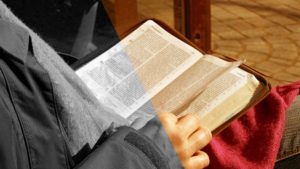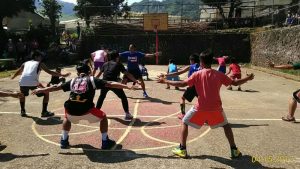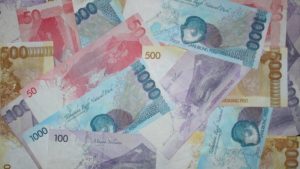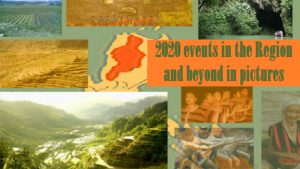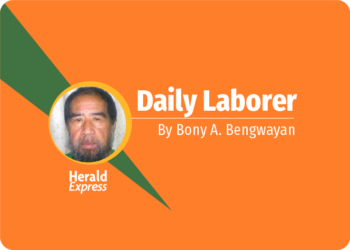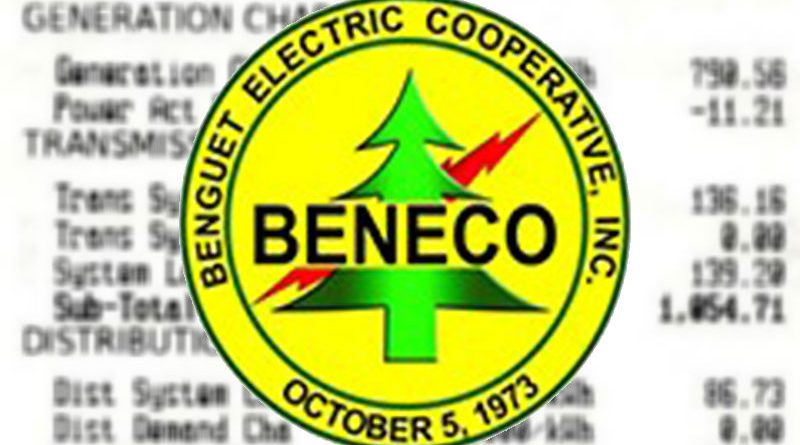Two days from now, we will be commemorating A HUNDRED AND ELEVEN YEARS of eventful city life, no doubt made more auspicious by the events of the last five months, seemingly without yet the proverbial light at the end of a lengthy tunnel. To be sure, it has all been the pandemic whose bywords have become household words since Baguio’s placement under quarantine restrictions. To be sure, it’s been a roller-skelter ride of sorts, the ups and downs of a dizzying journey that could have taken a deadly toll, were it not for the persevering sacrifices willingly shed community-wide.
At a hundred and eleven years, Baguio’s narrative has had its own lessons of healing and rising, precisely what we’ve all been rallied around all this time. The challenge to wit and sanity remains a continuing daunting effort for all, stunned every now and then when the numbers get into an ascending climb. Healing and rising are twin words over which there shouldn’t be much of an argument, since one couldn’t take place without taking care that the other has the capacity to do just that.
But here we are, getting our thoughts scan across time, in a seeming reliance on hard lessons from which we as a singular community of kindred souls can pick up certain identifiable bright spots in over a century of growth and development. Of course, the hardest part is in birthing out Baguio, when our American builders had to make do with the harshness of deeply forested land to eke out a human settlement just envisioned for 25,000 souls. That must have been much of playing against odds for Daniel Burnham when he planned and designed a replica of urbanizing centers like Chicago.
Even after that fateful September 1, 1909, when a city charter like no other emerge lifelike from parchment paper, the work of building from the ground up in such a grazing land cradled like valleys and pockmarked by rising hills still commanded so painstaking a challenge for American builders assigned to do the job, as part of a manifest destiny when the country got swept under American tutelage.
Much of what had been meticulously laid out, from the blueprint works of Burnham, fell on the shoulders of the last American mayor, Eusebious Halsema, who was then doubling up as District Engineer of practically the beginnings of the Montanosa communities, earmarking Baguio as gateway not only into highland culture, but into the very future that Ibagiws will be sharing with other Igolots. The infrastructure foundations for what have linked up the city with the rest of the mountain peoples were laid out in no time, without presaging the destruction of public utilities during the Japanese Occupation.
Post-war Baguio stood out in the years closing out the war, not so much because so much had to be rebuilt, but because the city’s economy, already fledgling prior to the war, got hit from the devastation wrought in the aftermath. The succession of Filipino mayors made sure that this time, under a Republic, rehabilitation and development would ensue just as in a matter of course. Fast forward in the 1990s and two events marked that decade, influenced much by the killer-quake at the onset of the years and the rebuilding effort that it necessitated.
If the decade of the Nineties pushed Baguio into the threshold of modernization, then the millennial years may well depict development to have somewhat cross the line, an overstep no doubt dictated by the tempo of the years as countries stepped into esoteric terms like globalization. The more passionate critics, they who adored being in step with environmental nurturing, had a simple term for it: overdevelopment. All the others in the debate just had to bear the brunt of having caused it all, supposedly in utter disregard of what ought to be done.
See other columns:
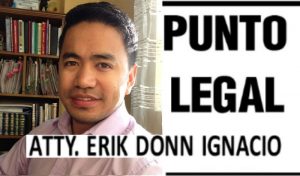
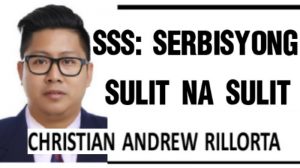
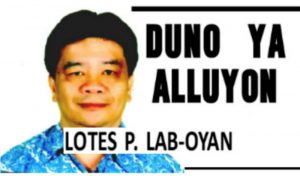
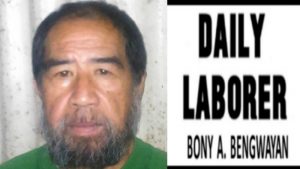

Last year, Mayor Benjie sought to bring the citizenry into one voice towards a singular goal: a better Baguio well-equipped to keep development premises well within control, echoing a middle-of-the-road consensus “built from decades of collective neglect” emphasizing the need of healing and rising, when both terms were hardly a fitting rallying cry.
Thus, in 2019, he intoned “in all humility, I know that accomplishing this is never an overnight task. The challenges are huge, formidable, and overwhelming. But, for as long as we remain faithfully committed, right from Day One of our service together, we can capably achieve a well-nurtured environment that Baguio deserves by the sustained development called upon from all of us — not just singly, but in unity and cooperation with each other.”
Ominous of what was to usher in just two months of 2020? It may well be, but this time against a forbidding backdrop of a public health emergency built around a deadly virus called the corona viral strain so lethal for its transmittability as a grave respiratory disorder. Healing and rising fulfills the prophetic strain echoed from the hopeful moments of 2019, this time resonating as a household catchphrase emphasizing how saving lives means not just oneself, but others as well.
On this the 111th year of our city’s existence, it is as well that the city faces up to the challenge of the moment, defined by what has been painstakingly wrought in response to the pandemic. There must be sense injected into an economy that needs a mighty swing-up from the shattering effect of the last five months. Businesses were grounded much too long, unable to draw the energy and dynamism to get it past the virus. Jobs got lost at the snap of restrictions. Family incomes were dissipated in time, staggered not just in allowable work hours but in deference to limited customer transactions.
Indeed, faced with the awesome challenges of rebounding the economy, there must be a defined strategy to put health and safety concerns upfront if only to keep everyone alert to the need of fostering anyone’s health as a premium. Alongside is it is a festering necessity of reviving distraught business and industry, of re-sparking commerce and trade, of resuming education, of opening up tourism opportunities even against the backdrop of restricting crowds, mobility, and every pesky chance that is vulnerable to community transmission.
In these troubled times, there is no question that we must all remain unshaken. In every inch, Baguio can magnificently rise to become the better city, as envisioned by our forefathers, as painstakingly built by builders past and present, and as framed by leaders and people bonded by a shared spirit of solidarity. Our past tells us mighty lessons to draw from in withstanding and overcoming afflictions and adversities. Our future beckons a definite world where New Normal habits and practices will get us through as one community driven by a common aspiration.
Today, we are committed to heal and rise as One. Our collective resiliency as a people will put us to the mightier test. Not as bickering brothers, but as kindred souls driven by a magnificent dream of building back Baguio in far better ways. At 111, it simply means we have to be One at triple the effort. Happy Birthday Baguio!#
As the only Philippine city founded and built to be nearest the skies, Baguio deserves to be not just another pride of place, but every Filipino’s dreamland of a place built to be great. Can this glorious turnaround happen in our remaining lifetime? Decidedly not, but for as long as we stay faithful to our covenant, we can make a huge difference to effect decisive changes towards a better baguio.
Amid the rains, when human warmth is all we need, we must nurture the chance to reflect. Yes, today let us take time to bask on the side of a shared future. For after the rains, always the sun emerges to spray its life-giving rays. Happy 110 years, happy birthday Baguio!
You might also like:
